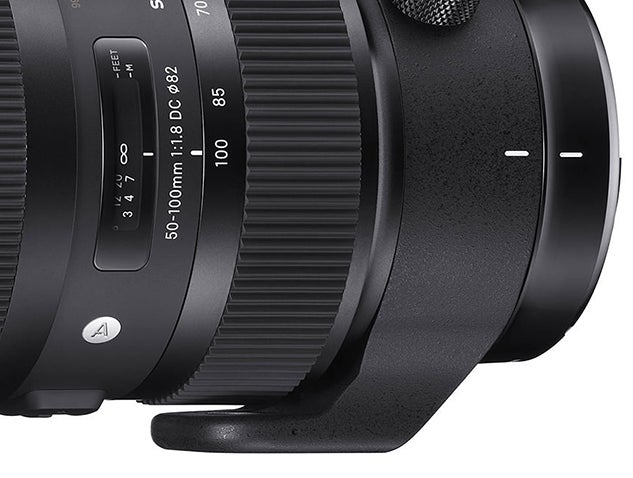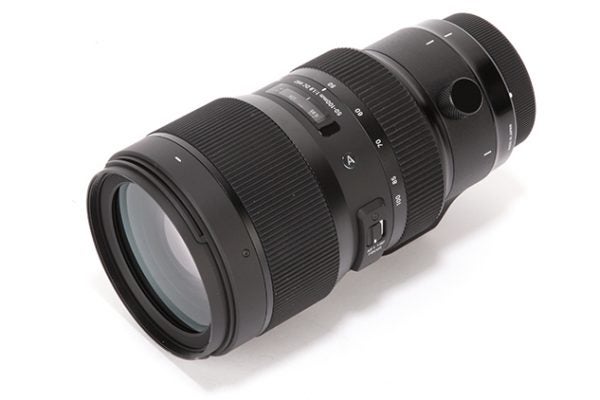Is the Sigma 50-100mm f/1.8 DC HSM A as good as the first APS-C zoom lens with a maximum aperture of f/1.8? Michael Topham finds out
Sigma 50-100mm f/1.8 DC HSM | A Review
Sigma 50-100mm f/1.8 DC HSM | A – Build and handling
To get a good impression of how the lens handles with different sized camera bodies, it was paired up with both the Canon EOS 80D and EOS 7D Mark II during testing. Not too dissimilar to the size and weight of a 70-200mm f/2.8 telephoto zoom, it felt better balanced coupled to the larger body of the EOS 7D Mark II, but didn’t feel uncomfortable or unwieldy with the smaller EOS 80D.

Unlike many telephoto zooms that benefit from built-in optical image stabilisation, this is one feature Sigma decided to exclude from the lens. One of the only reasons I can think of for excluding such a useful feature is to keep the asking price of the lens down and below a four-figure sum. To capture shake-free handheld shots users will find themselves cradling the lens three quarters of the way down the barrel to improve stability, but there’s always the tripod collar to turn to if you’d prefer to mount the lens to a tripod or monopod for some additional support. The size of the tripod collar plate is on the small side and doesn’t extend far below the zoom ring, meaning you can’t use it to get a secure hold of the lens like you can with more substantial tripod collars. It’s permanently attached and can’t be removed either. Loosening off the collar screw allows you to quickly switch between horizontal and vertical shooting and there are 90° click stops, which act as a useful guide when your eye is raised to the viewfinder.

The construction and overall build quality of the lens meets the high standard we’ve come to expect from Sigma’s elite range of lenses that adorn the silver ‘A’ badge on the barrel. At the rear there’s a durable metal lens mount, ahead of which you’ll find the tripod collar and large knurled screw. The diameter of the barrel widens slightly at the point you reach the zoom ring, which is encircled in rubber to provide sufficient grip when operating the lens with wet hands or gloves. It operates smoothly across its range with a quarter turn and just ahead of it are clear focal length markings at 50, 60, 70, 85 and 100mm, with a focus distance scale expressed in feet and metres. The AF/MF switch stands proud at the side of the barrel and the focus ring, which is slightly larger in diameter than the zoom ring, provides precise manual focus control through an angle of approximately 150° from the minimum focusing distance (0.95m) to infinity. It operates with what feels like just the right level of resistance and benefits from a rubber grip like the zoom ring, albeit being slightly finer grooved to make it easier to differentiate between the two from behind the camera.





